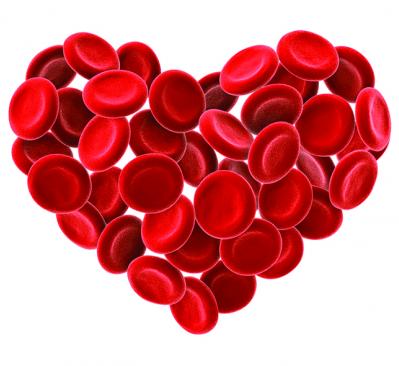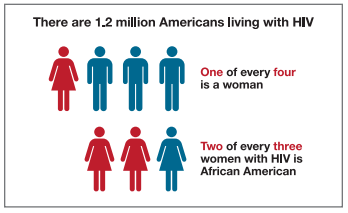
Intimate partner violence and HIV/AIDS have devastating impacts on individuals and communities at large. They also have strong correlations, putting survivors of domestic violence at increased risk for contracting HIV/AIDS. According to the Centers for Disease Control and Prevention, women experiencing intimate partner violence have four times the risk of contracting STIs including HIV, than women not experiencing domestic violence. Studies suggest that intimate partner violence can be both a risk factor for HIV, and a consequence of HIV (Centers For Disease Control and Prevention, 2014). Despite a broader understanding of HIV/AIDS, increased research, and greater access to prevention services, the proportion of AIDS diagnoses reported among women has more than tripled since 1985. Persistent gender inequality, ableism, gender based violence and homophobia create barriers for women, people with disabilities and LGBTQ individuals in preventing HIV and receiving care after a diagnosis.
Additionally, due to social, cultural and economic factors, women of color, and specifically Black/African-American women, bear the burden of both HIV and intimate partner violence.  African American women constituted 64% of all women diagnosed with HIV/AIDS in 2010 and are 14 times more likely to die from AIDS-related complications than white women with HIV/AIDS (AmFAR, 2015). African-American women have an HIV prevalence rate nearly four times that of white women in the United States. African American females also experience intimate partner violence at a rate 35% higher than that of white females, and about 2.5 times the rate of women of other races (US Department of Justice, 2001).
African American women constituted 64% of all women diagnosed with HIV/AIDS in 2010 and are 14 times more likely to die from AIDS-related complications than white women with HIV/AIDS (AmFAR, 2015). African-American women have an HIV prevalence rate nearly four times that of white women in the United States. African American females also experience intimate partner violence at a rate 35% higher than that of white females, and about 2.5 times the rate of women of other races (US Department of Justice, 2001).
At the intersection of HIV/AIDS and intimate partner violence is sexual violence. Abusers commonly use sexual abuse and coercion to control the sexual, physical and reproductive rights of their partners. This increases the risk of HIV through forced sex, restricting access to condoms, and denying victims access to healthcare.
This Special Collection is designed to assist domestic violence advocates in providing support and resources to victims of domestic violence who are also living with HIV/AIDS or at risk of contracting HIV due to violence in the context of their relationship. This collection contains resources to help advocates and service providers understand HIV/AIDS and its connection to intimate partner violence, and provides resources to help expand program capacity to serve victims living with HIV/AIDS.
This collection may use the term victim and survivor interchangeably to talk about a person who is experiencing or has experienced intimate partner violence. We recognize different communities and individuals may identify with one term over another, or some other term altogether. Additionally, this collection may use the terms domestic violence and intimate partner violence interchangeably to refer to violence happening within the context of a current or past intimate or romantic relationship.
This collection uses resources freely available on the Internet, citing and utilizing work and tools from many different partners, agencies, and government entities. Our hope is that this collection creates a simplified, one-stop compilation of the newest and most relevant information available on the subject. We intend to update this special collection regularly and add new documents, resources and information as it becomes available. We welcome your comments, suggestions, and information about documents for this special collection.
Special thanks to Alicia Gill for her work on this collection, and to our partners who provided input to the content: National Health Resource Center on Domestic Violence, National Network to End Domestic Violence, Virginia Anti-Violence Project, Fan Free Clinic, and Hopkins Bloomberg School of Public Health.









